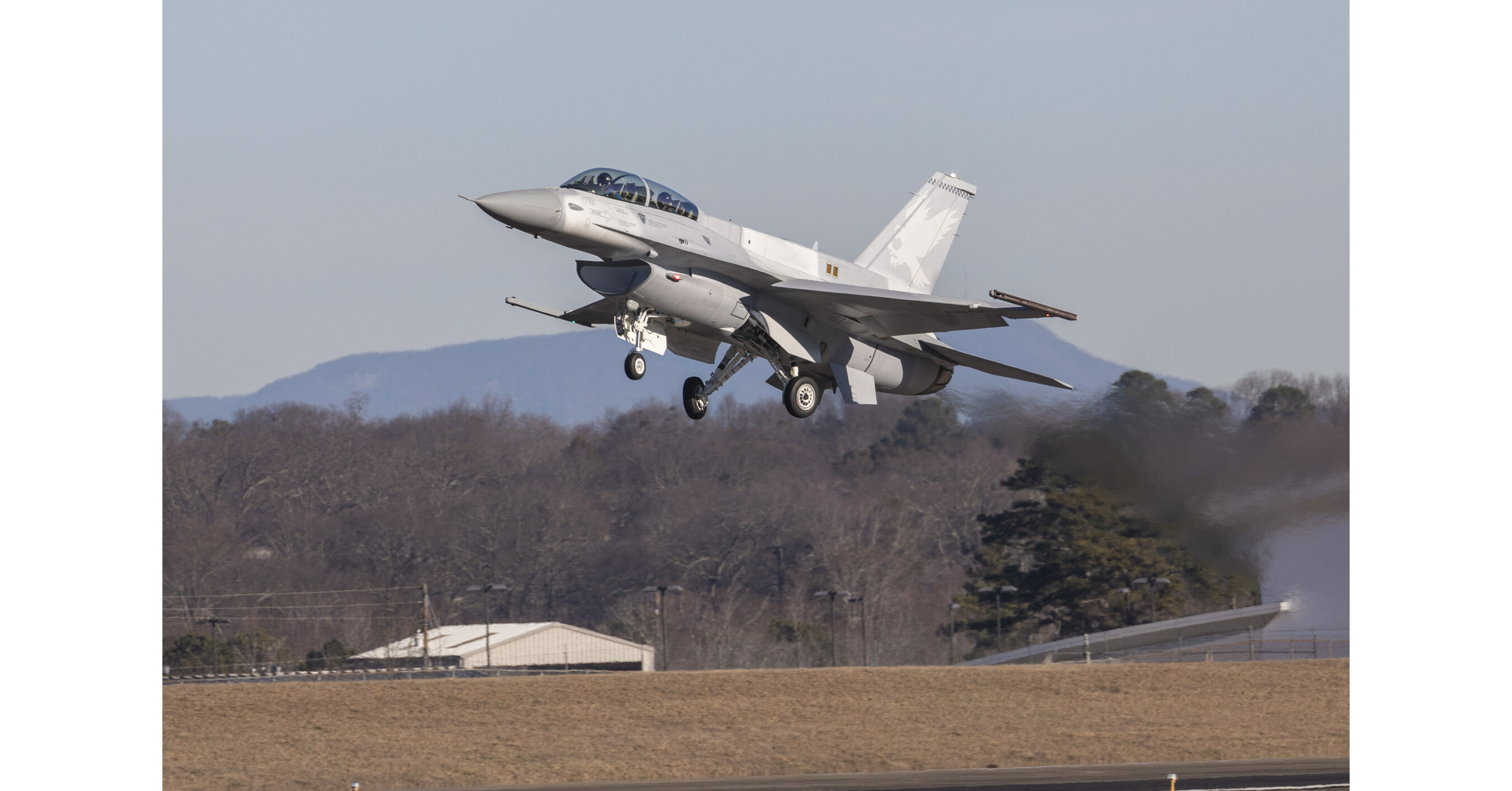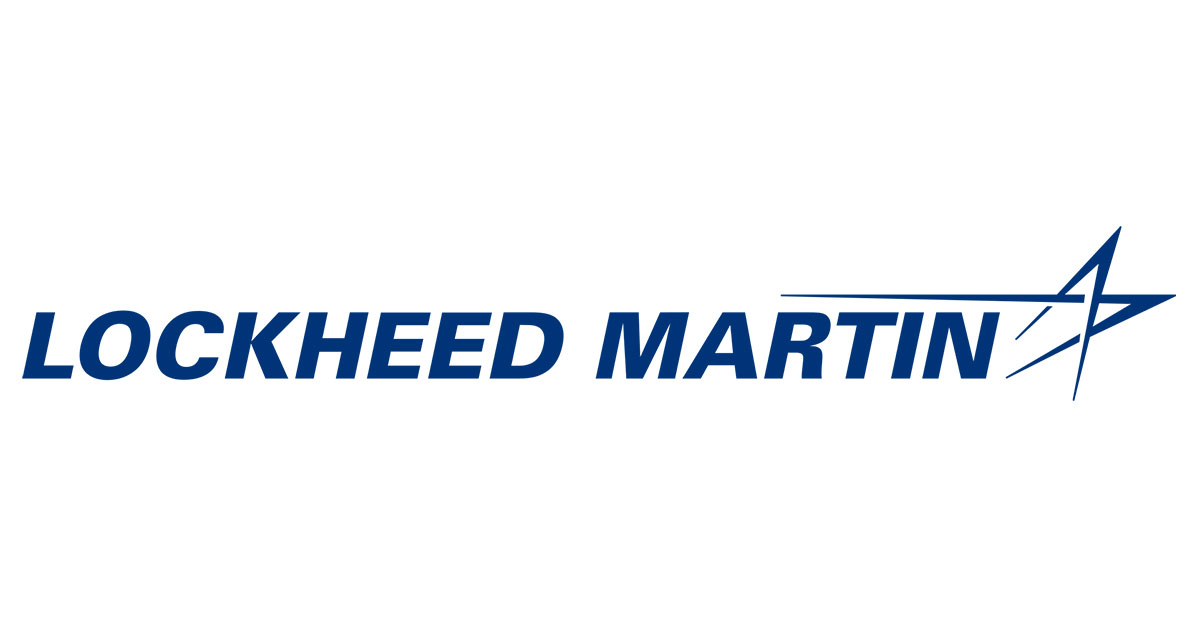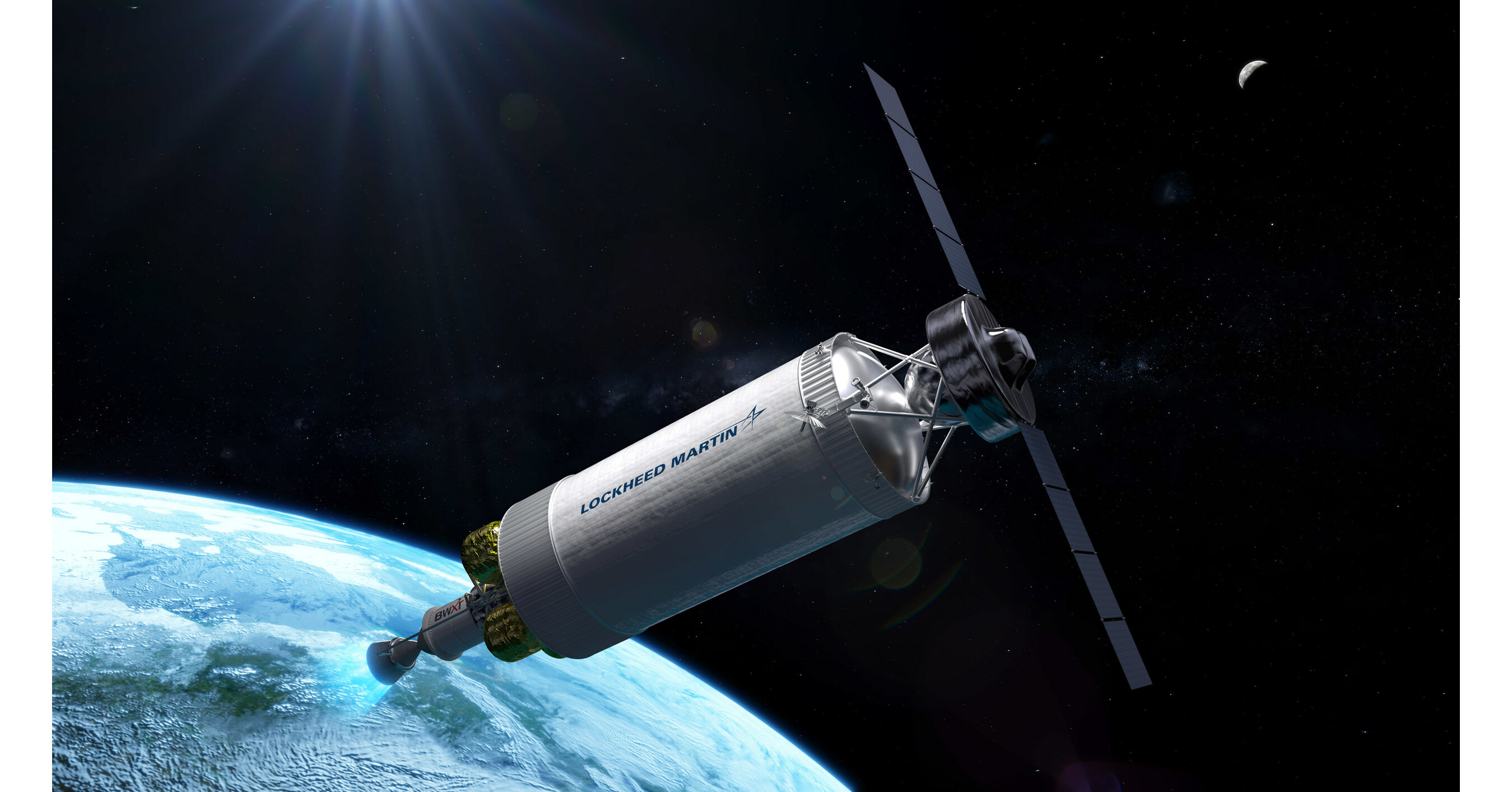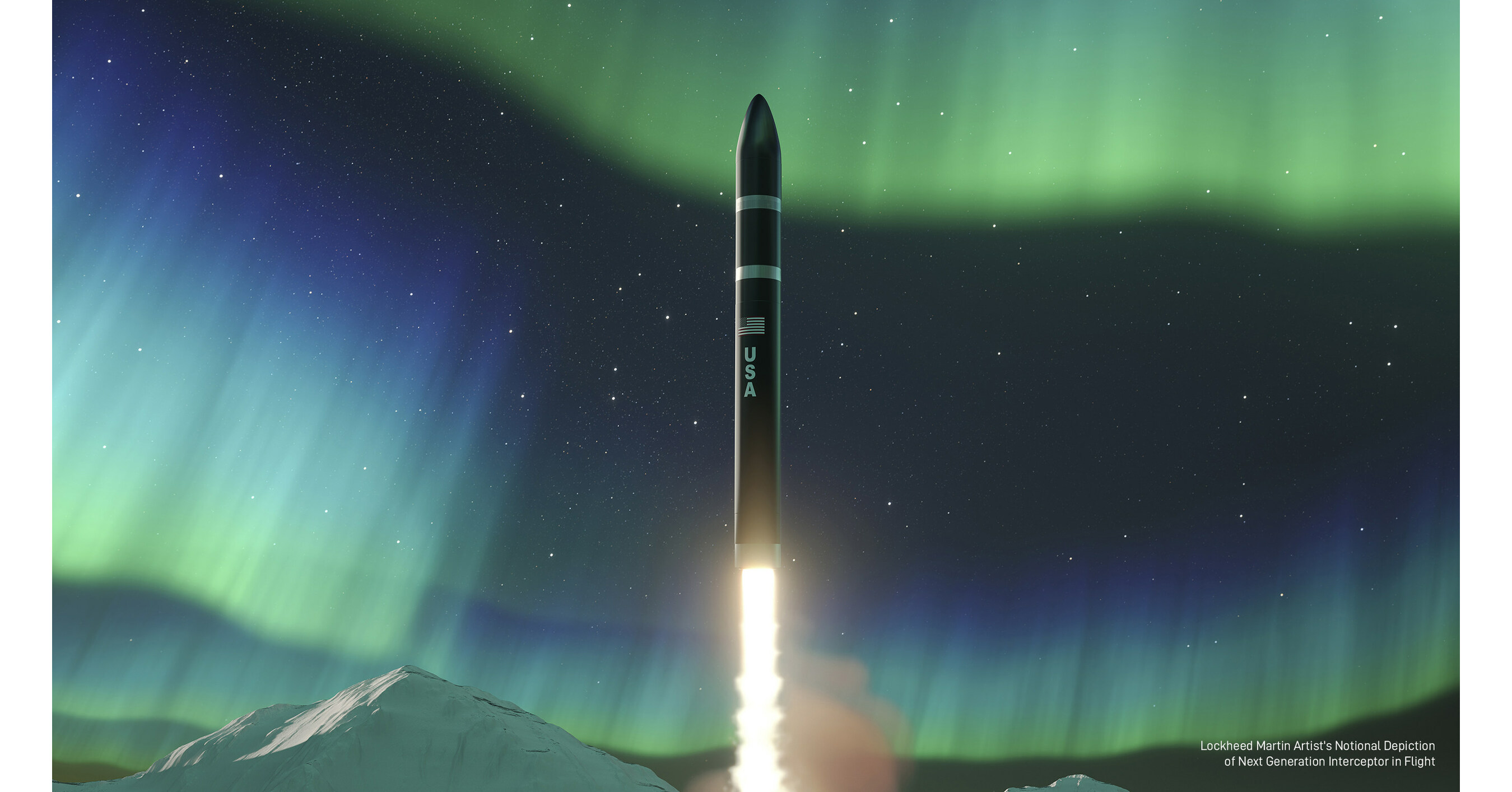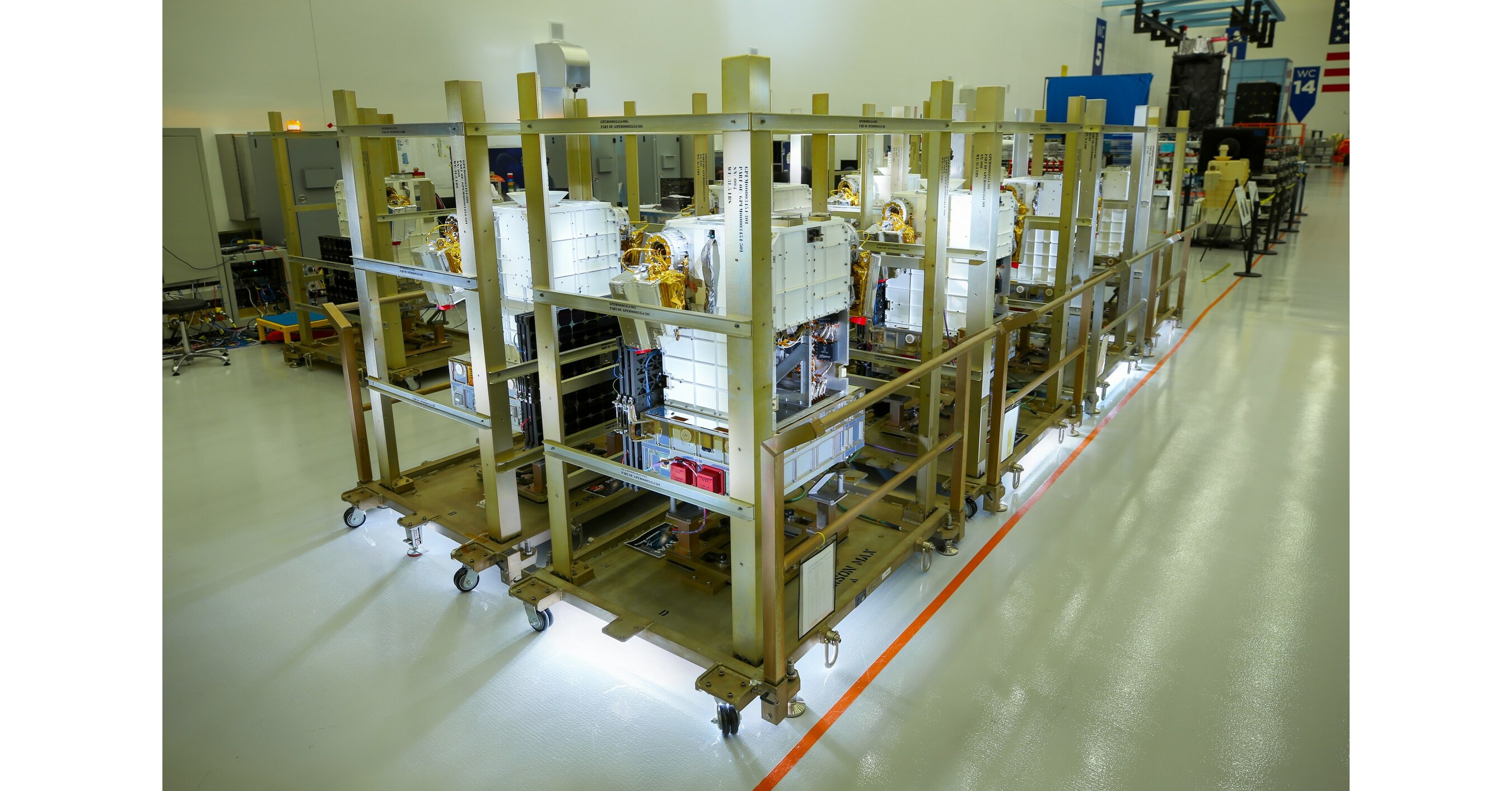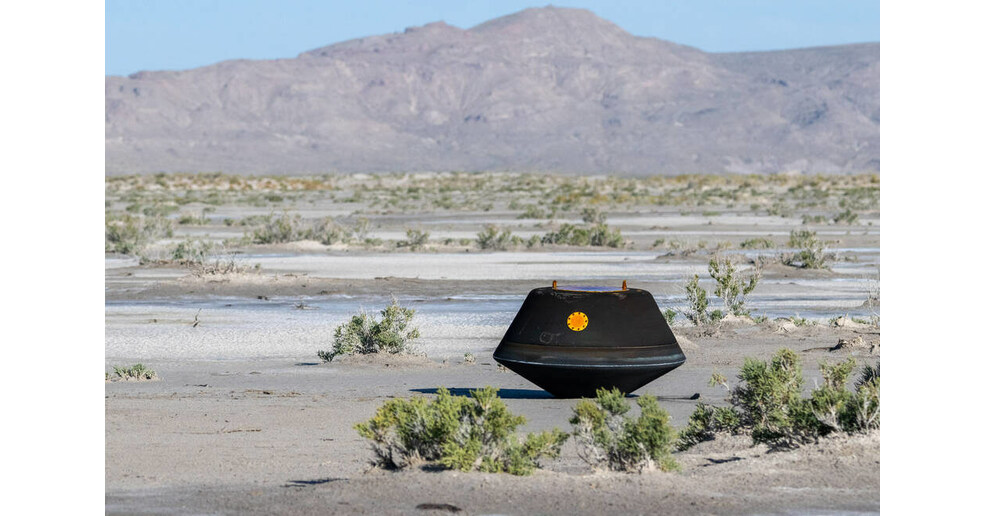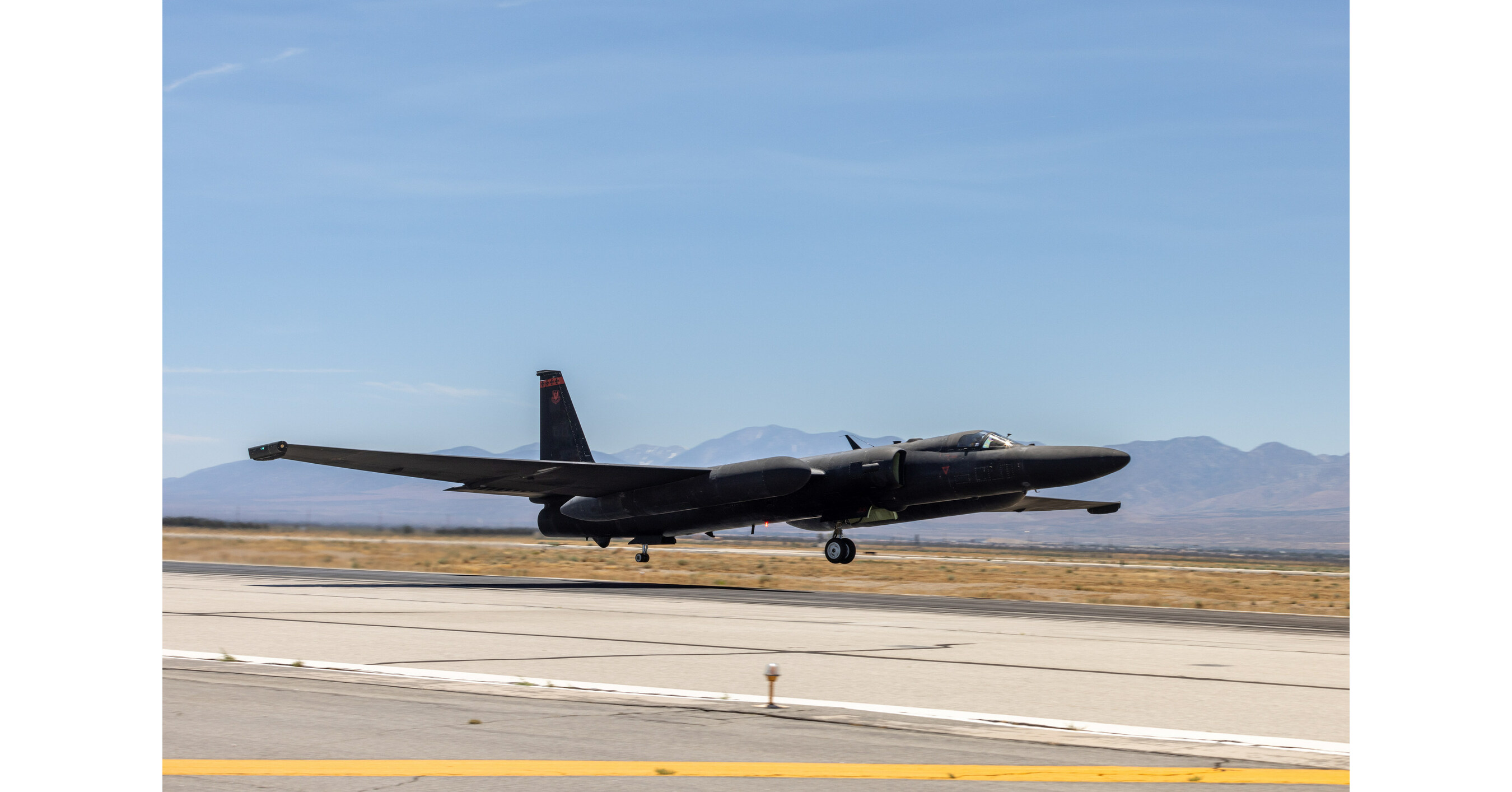Lockheed Martin UK Launches Team Black Hawk For UK’s New Medium Helicopter Requirement
LONDON, Sept. 12, 2023 – Today at the Defence and Security Equipment International (DSEI) exhibition, Lockheed Martin announced its intention to participate in the UK Ministry of Defence’s (MOD) New Medium Helicopter (NMH) requirement. It outlined its team of UK partners and the benefits of choosing the advanced, Sikorsky Black Hawk® helicopter to replace the UK’s aging mixed medium helicopter fleet. Lockheed Martin also outlined its plan to collaborate with those UK partners to create a multitude of opportunities for UK industry, including jobs and opportunities in export, manufacturing and future technology development.
Lockheed Martin estimates nearly 40% of total Black Hawk production and assembly will occur in the UK and will support, on average, 660* UK jobs a year between 2025 and 2030.
The plan also creates ~£470 million of export opportunities for UK partners manufacturing sub-systems and components over the next 10 years, equivalent to 40% of the Total Programme Value, based on the expected export market to Black Hawk customers. The company’s estimate includes ongoing fleet sustainment that will support approximately 320 jobs a year for decades to come when the UK Black Hawk fleet is in-service.
On announcing Lockheed Martin UK’s proposal, Chief Executive Paul Livingston said:
“The newest generation of the Black Hawk is proven, versatile and ready now. It’s not only the right choice for UK Defence, it’s the right choice for UK industry and it will create a generation of high-skilled jobs here in Britain.”
Furthermore, UK participation in the Black Hawk programme would open the door for UK industry to take part in the development and production of Lockheed Martin’s next generation rotorcraft solutions, creating a potential 45-year pipeline of work and exports for UK companies.
Creating Jobs in the UK
As part of today’s Team Black Hawk announcement, Lockheed Martin formally signed a teaming agreement with Gosport-based StandardAero as Team Black Hawk’s aircraft assembly, testing, delivery, maintenance and integration partner for UK-unique equipment and systems, which will bring highly skilled jobs to an economically deprived area of the UK.
StandardAero in Gosport will be the home of the Black Hawk in the UK and together with Lockheed Martin, Martin-Baker Aircraft Company in Denham, Curtiss-Wright in Christchurch, Chelton in Marlow, Inzspire in Lincoln, C3iA Solutions in Poole, Nova Systems in Filton, and Ascent Flight Training & CAE at RAF Benson will create 660 high-skilled jobs and decades of UK workshare through the UK Black Hawk’s lifecycle.
“StandardAero is delighted to be teaming with Lockheed Martin UK on this once-in-a-generation helicopter programme. For StandardAero UK it will mean upwards of 175 new, highly skilled, jobs in one of the more economically deprived local areas of the UK, with many more throughout our UK-based supply chain,” said Simon Jones, StandardAero Group Managing Director, Europe.
The Black Hawk will be assembled in the UK to meet the MOD’s specific requirements by a team of industrial partners including StandardAero. Lockheed Martin examined all potential partners for the assembly aspect of Black Hawk in the UK and concluded that StandardAero was the most experienced and capable partner.
The Black Hawk fleet will sustain UK jobs across the nation, including areas where levelling up is a critical need. In addition to providing a proven, advanced, affordable and interoperable helicopter platform that delivers unparalleled performance to the MOD, Lockheed Martin will fulfill provisions of the contract with its UK industry partners for robust training capabilities, maintenance and spares packages, component integration, as well as overall programme management.
Black Hawk is the Right Choice
The Black Hawk has earned its standing as a trusted helicopter for operators worldwide, along with its advanced digital avionics, unmatched multi-mission versatility and military-grade airworthiness. Other advantages of the aircraft include:
- The Black Hawk is designed and built to rigorous military requirements and is easily maintained during remote and deployed operations and is capable of operating in extreme weather conditions, day or night.
- Already in service with 35 nations, including NATO partners, it has flown an unprecedented 15 million flight hours, with five million of those hours in combat conditions. The UK will also benefit from the interoperability across the allied services.
- As a 100% military helicopter, its operating and support costs are considerably less than more fragile commercial aircraft pressed into military use.
- With more than 5,000 Black Hawks delivered worldwide, the global network of spare parts and services, combined with Lockheed Martin’s industry plan for sustainment in the UK, will allow the UK to take advantage of a robust supply chain.
- The Black Hawk currently delivers an average of 90% availability to its operators.
- Continuous modernisation efforts and strong U.S. Army support will see the Black Hawk sustained and in operation well into the 2070s.
Today’s announcement comes as Lockheed Martin and its competitors await the MOD’s formal issuance of the Invitation to Negotiate (ITN).
Today at the Defence and Security Equipment International (DSEI) exhibition, Lockheed Martin announced its intention to participate in the UK Ministry of Defence’s (MOD) New Medium Helicopter (NMH) requirement. It outlined its team of UK partners and the benefits of choosing the advanced...

lockheedmartinuk.mediaroom.com




